
The Irish origins of Proposing on Leap Day
Written by Ciaran Vipond on Feb 28, 2024 | 0 Comments
Those that have had a look at their calendar will have noticed that we have 366 days in 2024 rather than the standard 365. This makes 2024 a Leap Year and that extra day, February 29th, a Leap Day.
You might know this day by another name - Batchelor's Day or Ladies Privilege, or just the day women propose to their sweethearts. It's a day with some interesting folklore and traditions. When and why do Leap years come round? And how has Irish folklore lead to a tradition of women proposing? Read on to find out.

Photo Credit: iamsuperkane CC BY-NC-ND 4.0 Deed
When is a “Leap Year” and a “Leap Day”
A “Leap Year” happens every four years, adding an extra day to the calendar. As the shortest month in the year, February gains the extra, "Leap Day" going from 28 days to 29. The term "Leap Year" is thought to have its origins in how the calendar dates shift in a year with an extra day. In a standard year the days shift one day. A Leap Year sees the calendar "jump" two days.
Leap years started with Julius Cesar
In 46 BC, the Roman Emperor Julius Cesar and his advisers reinvented their calendar to better account for the changing seasons. They had been using a lunar calendar, which relied on moon cycles that resulted in a year that was 355 days. This lead to the seasons shifting over time. It was apparent that something needed to be done. Cesar and his advisers worked out that if they adopted the Egyptian method of using the sun for their calendar, each year would be 365 days and 6 hrs long. So, every four years there would be an extra day, a "Leap day" to account for the six extra hours each year. And so a "Leap year" and the Julian calendar was born.
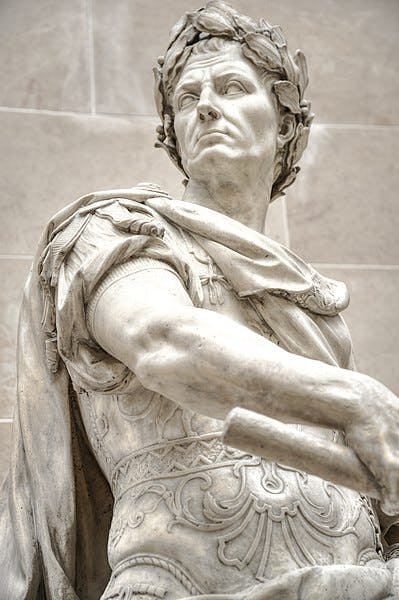
Photo Credit: Skitterphoto (CC0 1.0 DEED)
Leap Years were adapted by a Pope
As accurate as that all sounds it still wasn't quite right. They were off by a whole 11 minutes and 14 seconds. Over time, those minutes and seconds added up until eventually there was almost two weeks of "missing" time! This was impacting when religious holidays like Easter were falling. So In 1582, Pope Gregory XIII took it on himself to propose the “Gregorian Calendar” where the ‘leap year occurs every four years except for years evenly divisible by 100 and not 400’. Confused? The main thing to remember is that this calendar was eventually adopted by the vast majority, and we have the system of accounting for time that most use today - the Gregorian Calendar. Which gives us an extra day - February 29th - every 4 years (except for years evenly divisible by 100 and not 400).
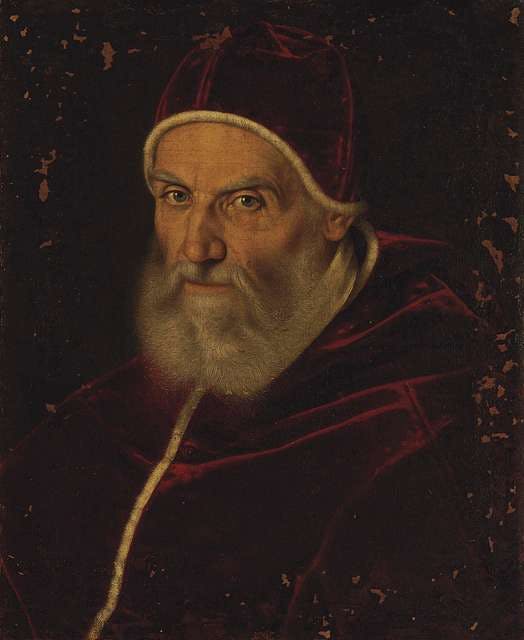
A portrait of a very serious looking Pope Gregory XIII made between 1572 and 1598 by Scipione Pulzone.
Photo Credit: Public Domain
Leap Year Traditions
As you might expect given it stands out in the calendar, many traditions are associated with a Leap Year and Leap Days in particular. In Scotland, it is considered bad luck to be born on February 29th. And in Greek lore it is rare for couples to marry on February 29th as it's believed that they would then be likely to end their marriage shortly after!
Irish Leap Year Traditions
In Ireland there are romantic notions attached to the day. And women keen to pop the question to their sweethearts owe a debt of gratitude to one of Ireland's beloved patron saints, St. Brigid of Kildare, who has her feast day February 1st.
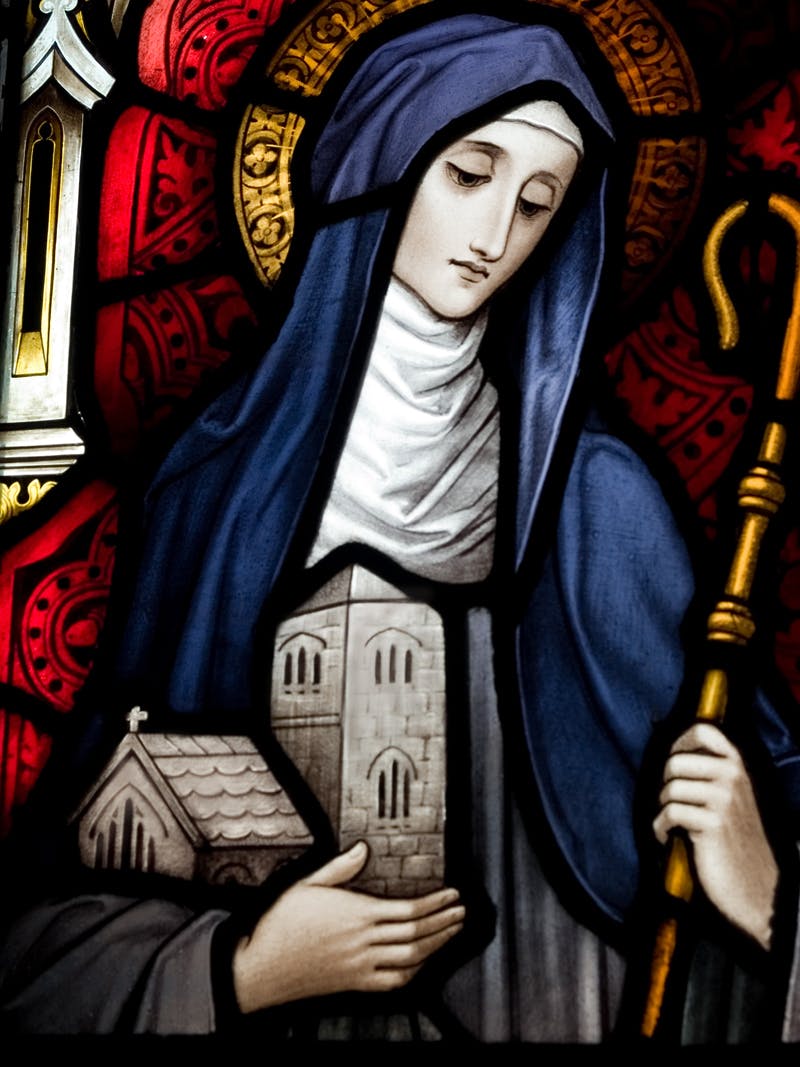
The story goes that she met Ireland's most famous patron saint, St. Patrick in "her month" - February, to bring up a serious problem that had been brought to her attention. St. Brigid wanted the blessing of the church for women to propose to their sweethearts who, for whatever reason, were dragging their heels! Patrick agreed that this could happen, but only every seven years. Brigid argued on and bargained him down to every four years, on February 29th.

Photo Credit: Huntington Library, HM 3027 F.40v., California
Now depending on who does the telling, Brigid reportedly dropped to her knee following this agreement and proposed to St. Patrick then and there! We're not sure about this part as there would have been quite the age gap! But in his polite refusal, St. Patrick established another tradition associated with Leap Year proposals. That should a man refuse a woman’s proposal on Leap Day, he must compensate her with a gift - gloves, a silk gown or in some tellings, a fur coat! We have even heard tell of twelve gifts - one for each month of the year!
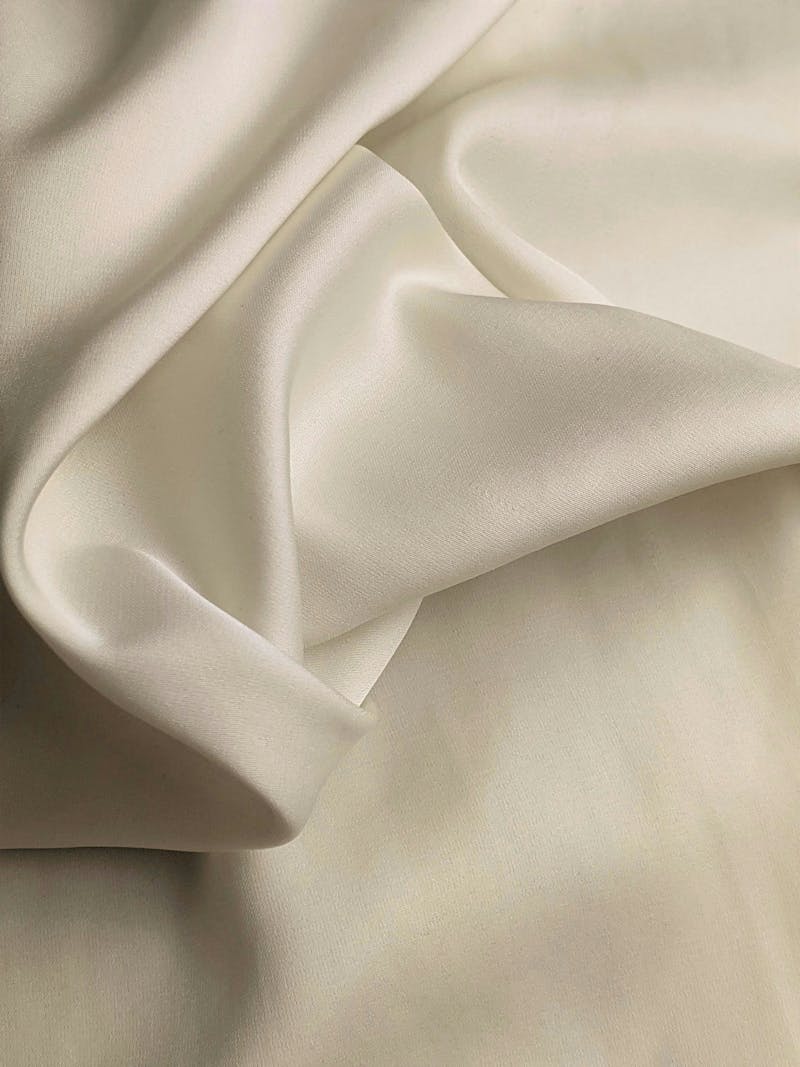
A woman was due a silk gown or gloves as compensation for a rejected proposal.
Photo Credit: Susan Wilkinson on Unsplash
This tradition was then thought to spread out, with Irish monks bringing the idea to Scotland and farther afield. In 1288, Queen Margaret of Scotland is said to have made it the law of the land that women could propose during leap years and that if they were refused they were owed a fine - either a kiss, or again a silk gown or gloves. There is no record of this law sadly and Queen Margaret was a very small child at the time of this story so perhaps take this one with a grain of salt!
Chalk Sunday, Puss Sunday and the Skellig Lists
Perhaps this tradition can also in trace its roots and longevity to February being a busy month for marriages in Ireland. Marriage carried huge social capital and marrying during Lent was banned. So many couples would rush to marry before it started.
“In the month of February nearly all the marriages take place in my district.” An excerpt from The Schools’ Collection, Volume 0403, Page 349 © National Folklore Collection, UCD.
Those that didn't manage to pair off before Lent were "chalked" or said to have a "Pus" a sour or cranky face in Irish, with some areas producing embarrassing "Skellig lists." Being on the edge of the known world, Lent started later on the Skellig Islands. And so lists of people who needed to head out there to marry were made to poke fun at unfortunate unwed "eligible" people! No wonder Brigid was so keen to help women move things along!

It's easy to see why the Skellig islands were considered a place out of time.
Photo Credit: Gemma Butler
Leap Year Traditions Today
Today thankfully that sort of harassment for singletons is gone and couples in love can propose to each other whenever they like, no matter their gender! And in our experience, many couples will have had a conversation, or several, about marriage, priorities, and children, long before anyone gets down on one knee.
But the tradition of Leap Day proposals has survived and if our experience is anything to go on, thrived! Perhaps the 2010 movie "Leap Year" has something to do with it? The accents may be awful and the route to Dublin is downright crazy, but the movie certainly does make a Leap year proposal very dramatic!
With many years of experience working in fine jewelry, the team here at My Irish Jeweler has had the privilege to play a small part in many love stories. From a Claddagh “promise ring” for a young couple in love, to a bracelet with an important engraving for an engagement, or couples rings for a perfectly matched pair, it’s fair to say that we love love. While it might seem like the pressure is on these days to find a unique way to propose - like the brave leap day proposal at an Ireland match below - but we celebrate the creative and the traditional with our customers. The most important thing is that your plans, and the jewelry you choose to mark them, suit you and your love story.
Rings that speak louder than words for Leap Year
Interested in following the Irish tradition of proposing to your beloved on Leap Day? Or are you looking for a piece of jewelry to show how you feel? We’re happy to suggest a few Irish and Celtic designs that speak louder than words and tell a story of love that is sure to win their heart.
Mo Anam Cara
If you’re planning to propose on Leap Day in the Irish tradition, a ring from our Mo Anam Cara range says it all for you. Roughly translated, Mo Anam Cara meas “My Soulmate” in Irish - a beautiful choice for an engagement ring, couples ring, and popular for anniversaries, and weddings too!
Mo Anam Cara Ring
$290.00
Claddagh Mo Anam Cara Ring
$980.00
Mo Anam Cara Band with Diamond Trim
$6915.00
Claddagh
The Claddagh is an Irish symbol of love, loyalty, and friendship recognized world over. Given the symbol, the Claddagh is a favorite ring exchanged between sweethearts and a popular choice for promise rings, engagement rings, wedding rings and rings to mark important anniversaries.
Celtic Warrior
Inspired by a treasure of ancient Ireland, and the battle armour of our ancestors, our Celtic Warrior range is a best seller for a reason. For those that appreciate fine craftsmanship or those with a unconquerable spirit who never take a backward step, a Celtic Warrior ring is the perfect choice. Available in a variety of metals, widths, sizes and finishes this ring is a powerful symbol of a forever bond.
Ogham
Ogham, or the “ancient tree Alphabet”, was the first written characters of the ancient Irish. Used to honor loved ones, it is still seen carved in stone ruins around Ireland. We love Ogham as it is a timeless way to capture the significance of a moment such as an engagement - and given it's enigmatic nature - it is a secret or coded message you and your beloved can share. And for those that don't fancy a ring, our ogham range gives plenty of unique and personalizable options made for your and your unique love story.
Get in Touch
And of course, if you would like our help on choosing a ring, ring sizing, what to engrave, or how to customize the piece even further for your special day - just get in touch. We would be more than happy to use our years of experience to get the perfect piece to mark this important moment.
Get In Touch
Have a question or something you're not entirely sure about when browsing our pieces? Please reach out. You can send us a note or give us a call—the Dublin workshop is here to make sure that you have a perfect experience from start to finish with My Irish Jeweler.
Follow us on Facebook and Instagram, to see what's new and upcoming. Join our Email list for early offers and special features.

Ciaran Vipond
My Irish Jeweler
Born in Co. Antrim and reared in Dublin, I was fascinated with Gaelic culture from an early age. I suppose it's not surprising given my mother inherited a grá for the Irish language from my grandfather, an Irish school headmaster. And that grá continues! My brother and sister are now Gaelic teachers here in Ireland, my niece is an award winning Irish dancer, and I proudly work to share Irish culture through our Irish and Celtic Jewelry at My Irish Jeweler!
I love researching and reading about the history of Irish design. It's at the core of what we do here at My Irish Jeweler. I find much of it so interesting that I have to share what I find. I hope you enjoy it!
Comments



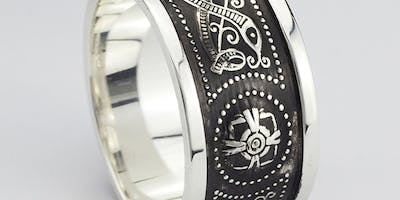

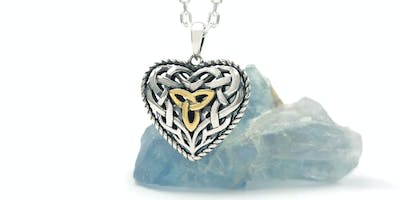
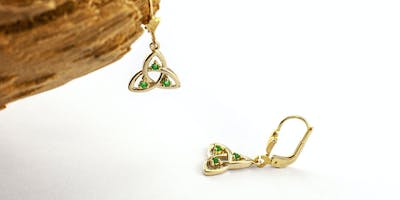

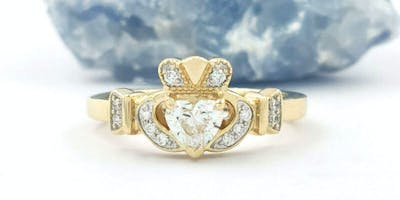
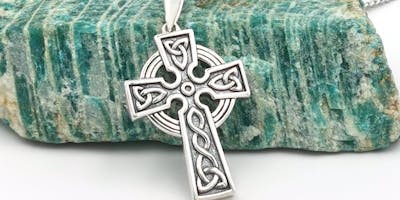

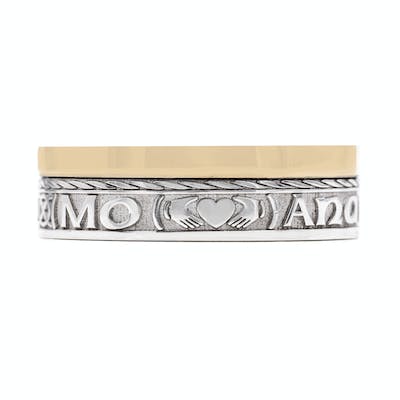
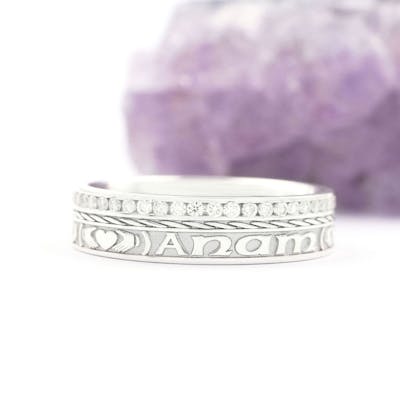
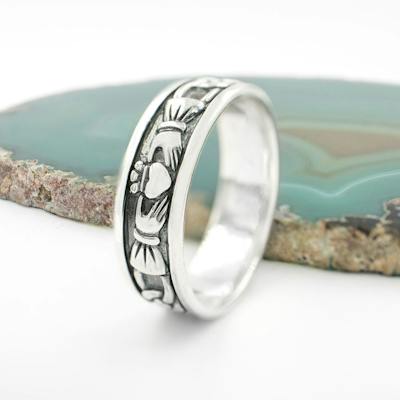
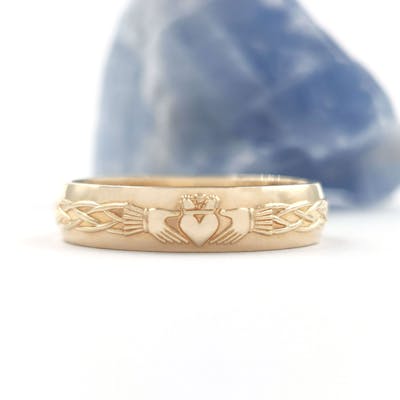
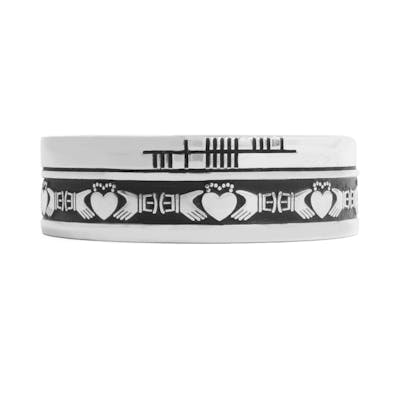
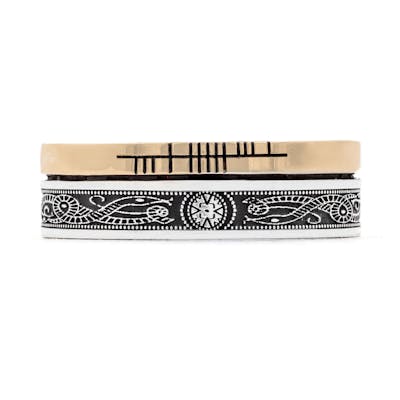
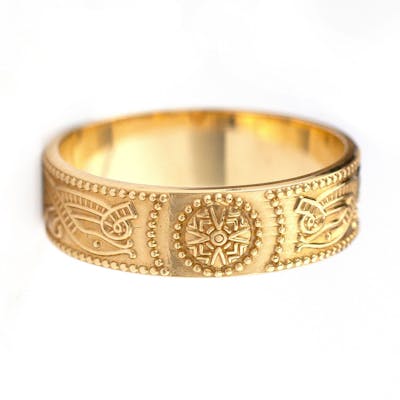


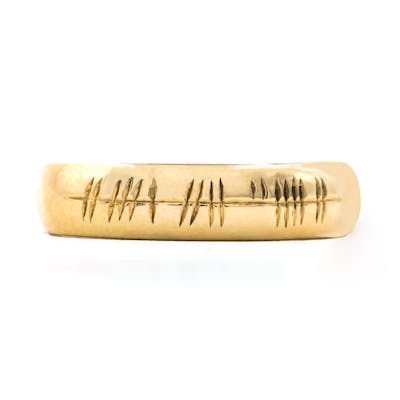
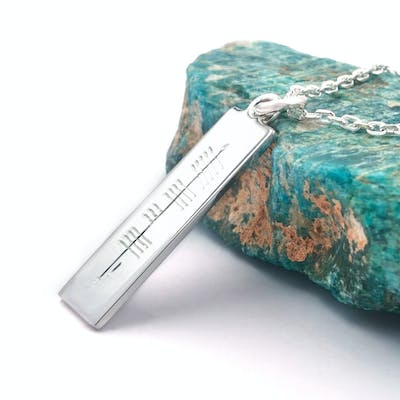
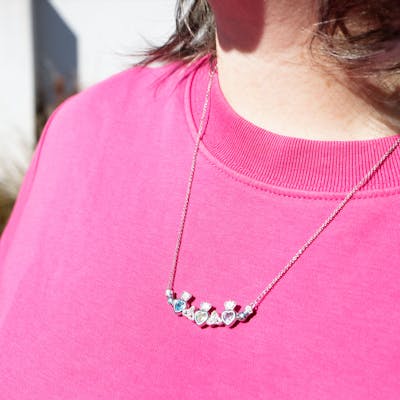


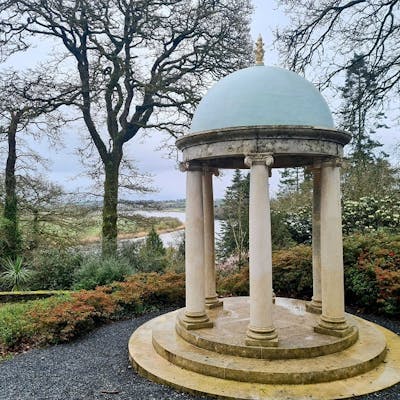

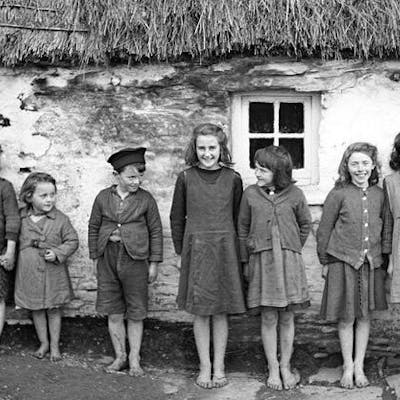
 Ask Gemma
Ask Gemma